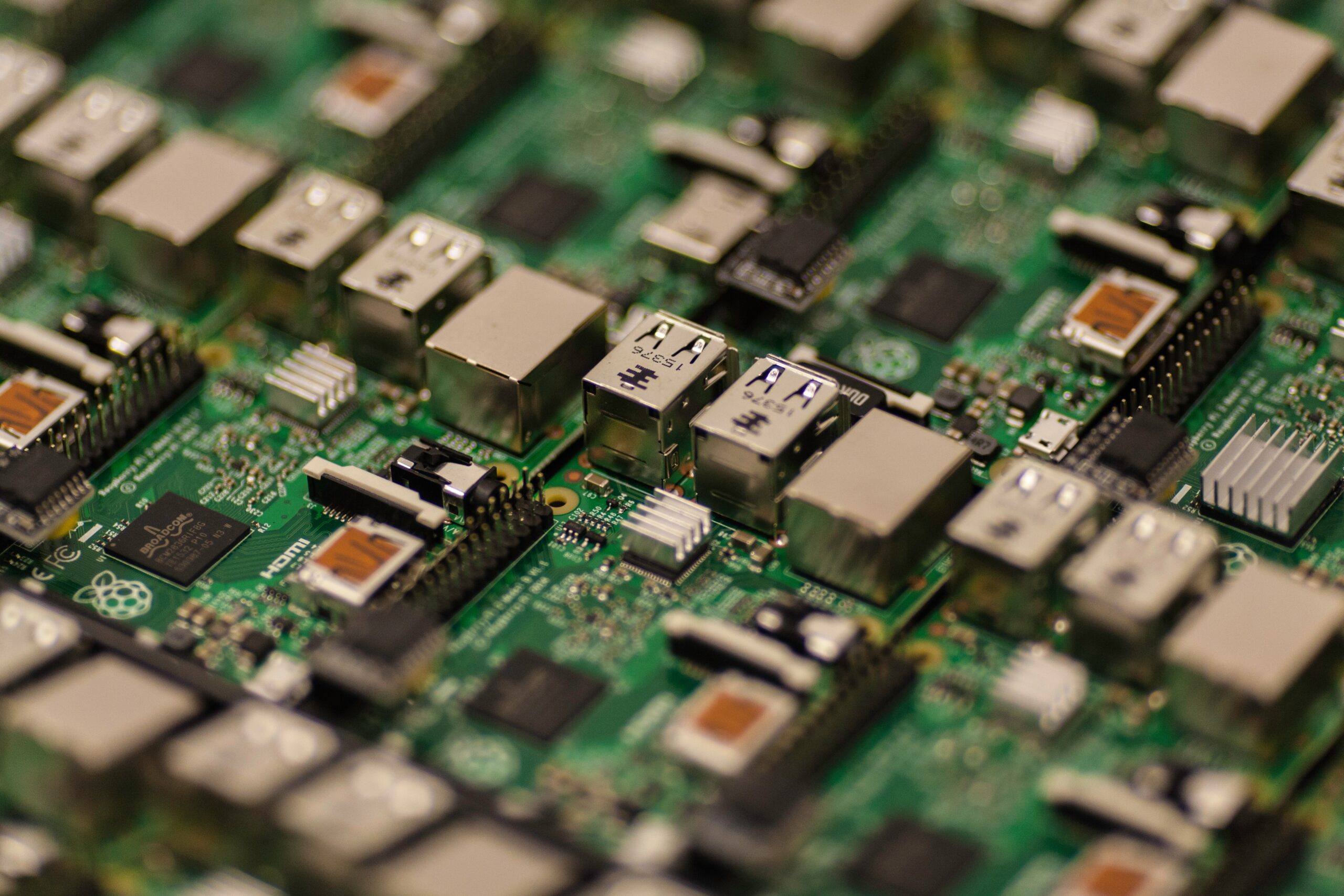The railway industry has embarked onto the digitalisation path. When it comes to the evolution of railway transport worldwide, the creation of user-friendly, environmentally friendly, and smart mobility systems is a high priority. As an ongoing convergence of the virtual and physical worlds, digitalisation is already underway for change and innovation in the railway sector. We will delve into several the current digitalisation and automation solutions for railway industry to get the picture of where it is, and what improvements we should expect in the future.

Cloud-based technology
Harnessing the power of cloud-based technology ensures that operators can access and store real-time data while also offering substantial savings and providing more accessibility. What truly causes innovation to shine through is the fact that cloud services can easily connect with other software. This allows fast exchange of data and allows for its in-depth analysis and interpretation. Cloud-based computing ensures that operators are making smarter, better informed decisions. One such example is Nexiot, a Swiss start-up that is developing cloud solutions for smart freight rail sensors. Their databases and servers provide a secure undistributed repository for big data analytics and quick access.
Drone technology
Being able to freely move through hardly accessible geographies, measure the environment and plan accordingly. This is why drone technology is expected to have a tremendous impact on the rail industry as a whole. This technology is used for infrastructure monitoring, able to collect detailed information in areas that would otherwise be difficult to access or too remote. The use of drones in these areas reduces the costs, time, and risk associated with having human workers accessing those hard to reach areas.
Making global rail infrastructure more cost effective to maintain and safer is the goal of RailPod. They use automated ‘inspection’ drones to help increase the quality and frequency of day-to-day railroad track inspections through data as a service and advanced sensing technologies. In addition to being able to garner information more easily, it also allows multispectral, thermal, and visual data to be gathered. This in turn allows for more intelligent management of assets, thus increasing the lifespan and resilience of said assets.

Artificial intelligence
While it sounds like a grand term, artificial intelligence is already well established field across multiple industries and it will enable several new innovations in the rail industry. This includes the use of robotics, which will start to take over repairs and maintenance works on railways in the near future. This again frees up humans to work on the more complex questions and problems. The AI technology will power the use of fully autonomous systems that can improve multiple aspects of operation for infrastructure operators. For example, pairing trains with smart infrastructure components could ensure better flow of information and drastically increased safety. This not only means risk reduction but could also reduce the time spent on the average commute. Other cases while artificial intelligence will play a massive role is in terms of ticketing (a connected system where to make stops based on customer’s ticket purchases) and intelligent language processing chatbots that are going to offer better customer experience. Another great example is detection of malfunctioning machines using audio signals – a goal of a company called Neuron. Their solution should enable remote equipment diagnosis, real-time mechanical issue detection, and predictive maintenance based on relatively simple logics and signal processing.
Real-time information gathering and monitoring
Having real-time information is going to lead to increase efficiency and safety while also allowing for cost reduction at the same time. This will allow for predictive maintenance, ensuring less downtime and less overall failure. Imagine the combination of sensors accompanied with monitoring software that can provide real-time information about bogies, wheels, and bearings. The continuous diagnosis and inspection operators can quickly replace or patch up equipment that would otherwise eventually fail.
One company focussing on this is the Dutch Semiotic Labs. The provide instructions in the form of algorithms to convert raw data into specific information as to why and when energy system fails. By using this information operators can solve or even prevent problems. This means that operators can both anticipate potential failure and react to malfunctions, possibly before they ever happen. This avoids costly delays (thus increasing customer satisfaction) promotes safety and minimises overall interruption. Just a handful of benefits when it comes to predictive maintenance.
Automation
Automated technologies for predictive maintenance have become increasingly popular in several industries, and the railway industry is no different. These can handle highly repetitive tasks that may or may not be performed in a potentially hazardous environment. The trend has achieved fast adoption in the manufacturing industry, we expect to see a wave of automated solutions for the railway and road industry in the very near future. In fact, there are several companies that are already putting their solution on the market.
One such example is the autonomous system developed by Austrian DrainBot. This autonomous system is specifically developed for the maintenance of tunnel drainage. As the first system of its kind, it replaces high-pressure water jetting technology. This system drastically reduces the overall economical and environmental impact of tunnel drainage. By completely removing any water consumption or downtime during tunnel drainage maintenance, it drastically reduces the overall cost of tunnel maintenance. This is just one such example of a highly specialised tool to help benefit the railway industry.
Conclusion
Digitalisation is changing the world as we know it. That is why it is imperative that the railway sector embraces its opportunities to be both sustainable and relevant. Now is the moment for railway to seize its opportunities and embrace the digital revolution that will make it the preferred choice.
